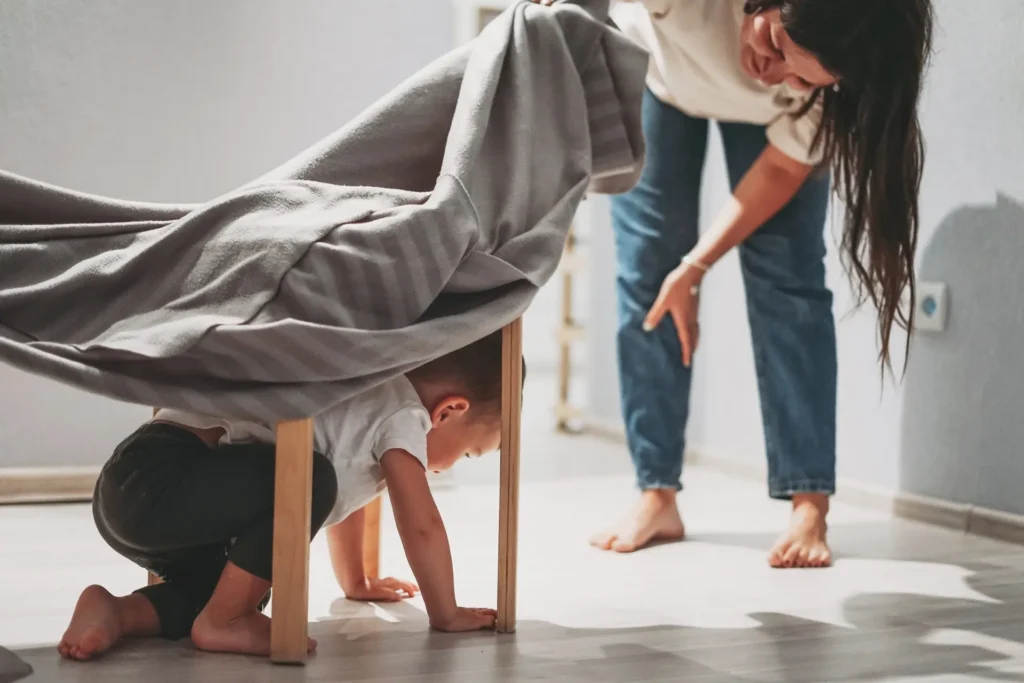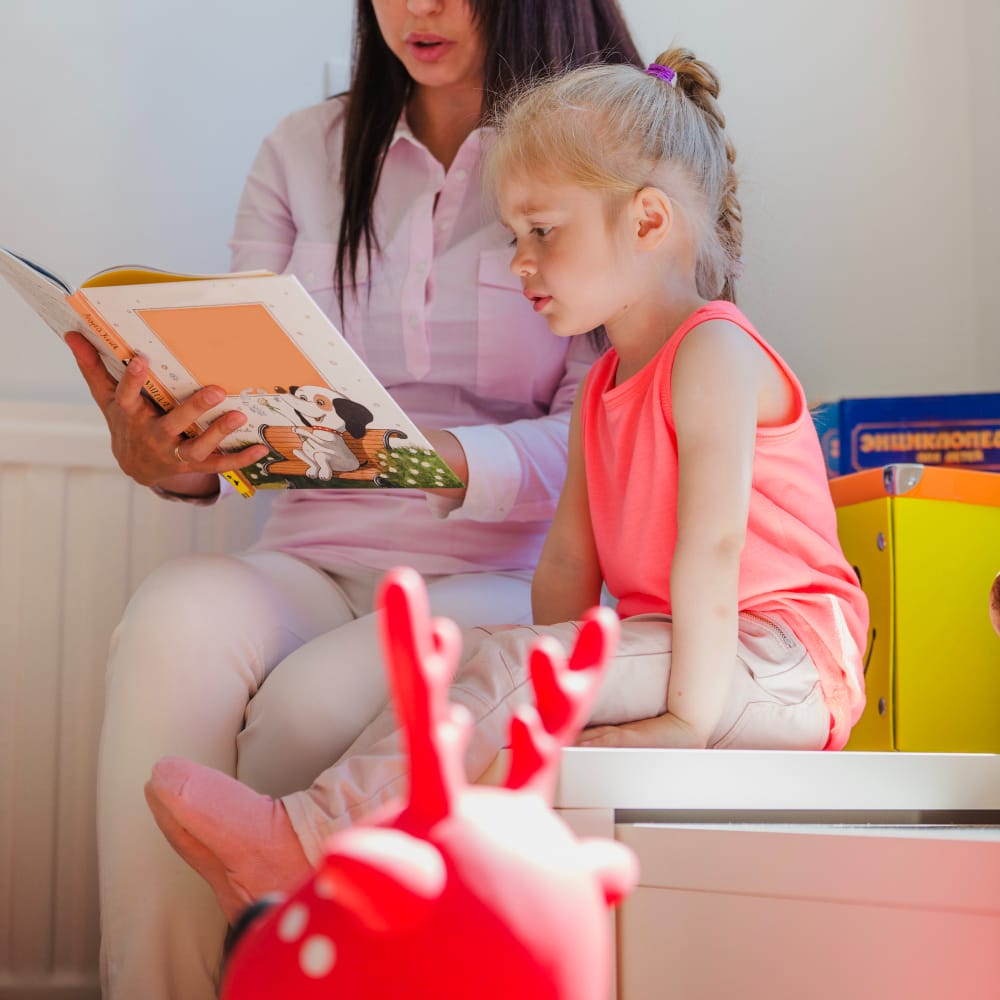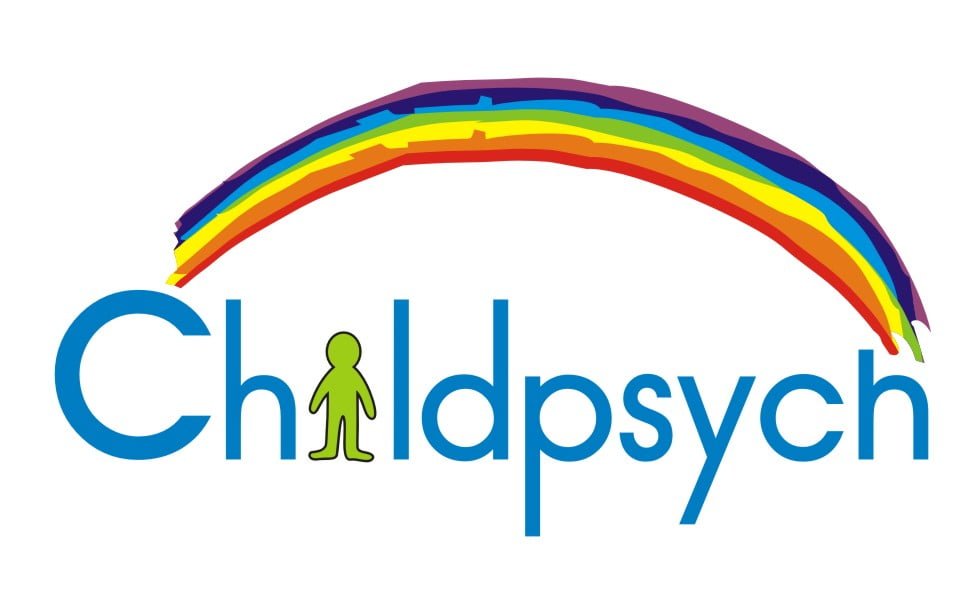Often in my practice, parents tell me, “My child didn’t really want to crawl as a baby, but I knew it was important. I don’t really know why it’s important, but everyone said it was, so I kept putting them down on all fours to make sure they crawled.” Firstly, well done—you did the right thing! Now, let me help you understand why crawling is so essential for your child’s development.
Strengthening the Shoulder Girdle
Crawling plays a crucial role in strengthening the shoulder girdle. This group of muscles around the shoulders is vital for later motor skills, such as writing, throwing, and even sitting upright. The repetitive motion of crawling helps develop these muscles, providing a stable foundation for future physical activities.
Developing Proprioception
Proprioception, your child’s sense of where they are in space, is another critical area that crawling enhances. When babies crawl, they learn to coordinate their limbs and understand their body’s position relative to the environment. This skill is foundational for balance, coordination, and spatial awareness, which are essential for tasks ranging from walking to playing sports.
Sensory Experiences
Crawling offers a wealth of sensory experiences. The crawling phase is probably the dirtiest phase of locomotion, and while you might not be thrilled about your child getting into everything, this exploration is incredibly beneficial. Exposure to different textures, such as grass, carpet, and even dirt, helps with sensory integration. Moreover, interacting with various objects and surfaces strengthens their immune system by introducing them to a controlled amount of germs, helping build resistance.
Bilateral Integration and Crossing the Midline
Another significant benefit of crawling is that it encourages bilateral integration and crossing the midline. Bilateral integration involves coordinating both sides of the body to work together, a skill necessary for many daily activities. Crossing the midline, where one hand or foot crosses over to the opposite side of the body, is crucial for developing hand dominance and other advanced motor skills. These abilities are fundamental for tasks such as reading and writing, where crossing the midline occurs naturally.
Fostering Independence and Curiosity
On a psychological level, crawling is often your baby’s first chance to start moving away from you. This newfound mobility fosters their growing sense of independence and helps them realize that they are separate from you. Crawling encourages curiosity and exploration of the world around them, laying the groundwork for future learning and development.
As a parent, it’s natural to want to keep your child clean and safe, but allowing them to crawl and explore is one of the best things you can do for their development. So, keep encouraging those little ones to crawl when the time comes. This phase is not just about getting from point A to point B—it’s about building a strong foundation for their future physical, sensory, and psychological development.
Watch a helpful video on this topic below:




